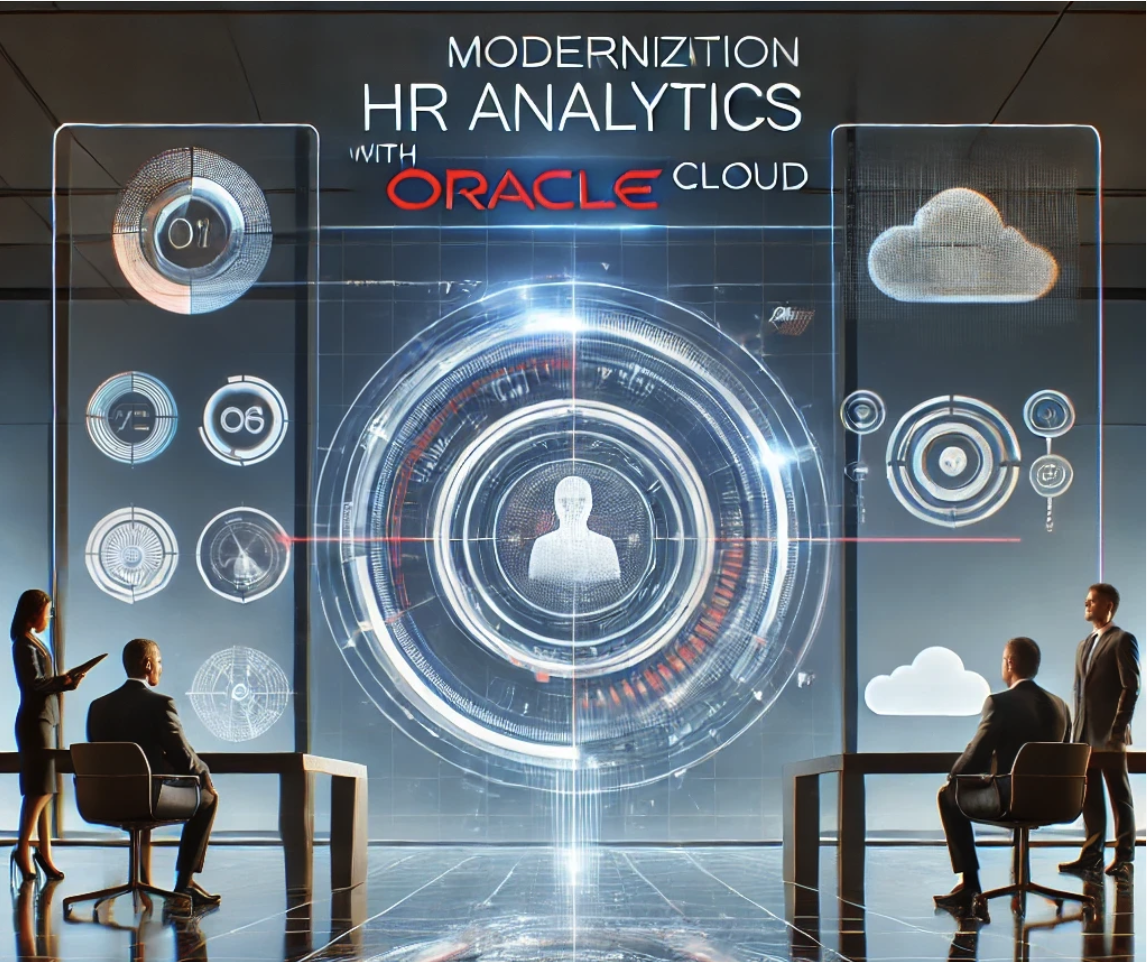
Why Legacy Systems Are Holding HR Back
In today’s fast-paced business environment, organizations rely heavily on data to drive strategic decisions, particularly in human resources (HR). However, many companies still grapple with the limitations of legacy systems that underpin their HR analytics efforts. These outdated infrastructures, often built decades ago, struggle to keep up with the demands of modern data processing. Slow performance, exorbitant maintenance costs, and an over-reliance on IT departments are just a few of the challenges that plague these systems. For HR teams, this translates into delayed reporting, missed opportunities for timely workforce insights, and a frustrating inability to adapt quickly to changing organizational needs. As data volumes grow and the need for real-time analytics intensifies, the inefficiencies of legacy systems become not just a technical issue, but a strategic roadblock that can hinder an organization’s competitiveness and agility.
Recognizing these challenges, a global organization embarked on an ambitious journey to overhaul its HR analytics framework. The solution? A bold transition to Oracle Cloud technologies. By adopting cutting-edge tools like Oracle Exadata Cloud Service and Oracle Autonomous Data Warehouse, the company was able to break free from the constraints of its legacy systems. Oracle Exadata Cloud Service, known for its high-performance computing capabilities, provided the raw power needed to process massive datasets with remarkable speed. Meanwhile, the Autonomous Data Warehouse brought automation and scalability to the table, leveraging machine learning to optimize data management without requiring constant manual intervention. Together, these technologies addressed the core inefficiencies of the old systems—slow processing, high costs, and IT dependency—while introducing a new level of flexibility and innovation to the HR function.
Empowering HR: Self-Service Tools and a Data-Driven Culture
The implementation wasn’t just about upgrading technology; it was about reimagining how HR analytics could empower the organization. With Oracle Cloud in place, HR teams gained access to self-service tools that allowed them to generate reports, analyze trends, and extract insights without waiting for IT support. This shift democratized data access, putting actionable intelligence directly into the hands of HR professionals. The result was a transformation that went beyond operational improvements—it fostered a culture of data-driven decision-making that aligned HR strategies more closely with broader business goals.
Transformative Outcomes: Speed, Savings, and Agility
The outcomes of this transformation were nothing short of remarkable. Faster data processing times enabled the organization to generate reports in a fraction of the time it once took, turning days-long waits into near-instant results. Significant cost savings emerged as the company reduced its reliance on expensive legacy hardware and streamlined its IT operations. Perhaps most importantly, the HR team evolved into a more agile, proactive unit, capable of responding to workforce dynamics with precision and confidence. Whether it was forecasting staffing needs, optimizing talent allocation, or identifying trends in employee performance, the cloud-powered analytics platform delivered insights that were both timely and impactful.
This success story is meticulously documented in the article “Accelerating Analytics and Driving Strategic Cloud Adoption with Oracle”. This article dives deep into the organization’s journey, offering a detailed exploration of the initial challenges posed by legacy systems, the strategic decision to embrace Oracle Cloud, and the step-by-step process of implementation. It also quantifies the benefits—such as reduced processing times and cost efficiencies—and provides a blueprint for other organizations looking to modernize their own HR analytics capabilities. For anyone curious about the nuts and bolts of this transformation, the white paper serves as both an inspiring case study and a practical guide.
Ready to Transform Your HR Analytics? Start Here
For those eager to explore how cloud technologies can revolutionize HR analytics, this story is a compelling starting point. The shift to Oracle Cloud didn’t just solve technical problems—it unlocked new possibilities for how HR can contribute to organizational success. To learn more about this transformative journey and discover how Oracle Cloud can drive your own analytics evolution, dive into the full article. It’s a treasure trove of insights, strategies, and real-world results waiting to be explored. [Attached article here]
Learn More About Analytics Today
Want to take your understanding of analytics to the next level? The Oracle Analytics Community is the perfect place to continue your journey. By exploring this vibrant hub, you’ll connect with experts, uncover valuable resources, and stay up-to-date on the latest trends in analytics innovation. Whether you’re inspired by this HR transformation or seeking solutions for your own organization, there’s so much more to discover.
